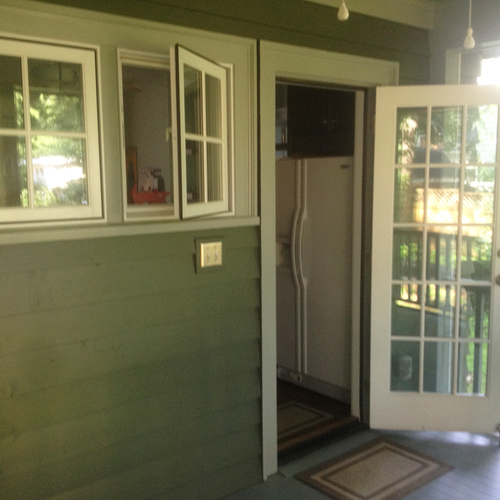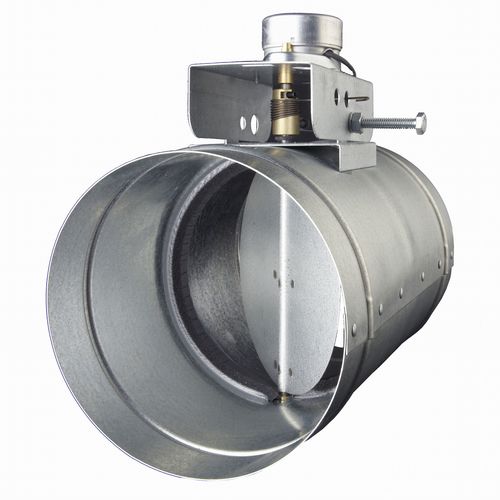
I’ve been doing HERS ratings and green building certifications for several years now, and I have run across some pretty scary things during inspections that sometimes make me wonder what everyone was thinking.
Now, I was a contractor for a long time, and I understand the challenges of getting things done on time, correctly, and within the budget, and by no means am I trying to minimize those challenges. What does amaze me is how little attention some contractors and trade contractors pay to the details as their projects are underway.
In many cases, the contractors have elected to have their buildings certified for their own purposes, often without even informing or involving the client.
More whining about batt insulation
At the project startup meetings, we go over requirements for HVAC design and installation, duct sealing, insulation grading, weather barriers and flashing, and other processes that help to make buildings perform better and meet certification requirements. Everyone is on board at the beginning — including the project manager, insulation contractor and HVAC installer — but too often things break down very quickly.
I can no longer even count the number of times I have discussed the challenge of meeting the Grade 1 installation standard with fiberglass batts, suggesting that they consider a blown-in alternative, only to be assured that the installers are very experienced and will have no problem doing everything right. Never have I inspected a batt insulation job for the first time and not had to remove at least half if not more of the insulation due to compression, lack of trimming around obstructions, or large gaps.
Usually by the second or third visit, they have it figured out, until, of course, the crew changes and we start all over again. Thankfully, the installers themselves don’t hold it against me that they have to do so much rework, but there is clearly a big disconnect between trade contractor management team and their field staff.
Duct, duct, loose
I’ve seen my share of bad duct installations, but it just doesn’t seem to be getting better. I’ve run across lots of ducts jammed into spaces they don’t fit or belong in, plenty of unsealed or poorly sealed duct connections, and many floor registers that have done double duty as dustpans throughout the job.
I recently saw what may be the most egregious example of incompetent ductwork on a house seeking EarthCraft certification. Instead of using wye connection to split a flex line, they connected two flex lines together with a metal sleeve, and cut a hole in the sleeve to stick another flex line into.
To add insult to injury, none of the connections had any mastic or tape on them, but they were nicely covered with insulation, taped tightly. This one took some work to do this badly.
I have also seen takeoffs that are only marginally connected to the plenum, but covered with carefully sealed insulation. A while back I started to suggest to my builder and remodeler clients that they require their HVAC installers to leave all the connections exposed for their inspection before closing up the insulation, giving them an opportunity to inspect connections before they are covered up.
Water, water, everywhere
Probably one of the most frightening things I have seen was a house that was insulated with open-cell spray foam before it was fully dried in. There were some roof/wall connections that were not fully sealed, but that didn’t keep them from going ahead with the insulation.
I showed up on for a pre-drywall inspection, only to find fully soaked spray foam in stud cavities and visibly wet and moldy I-joists and OSB. What were they thinking?
On a similar note, one of my pet peeves is not keeping the water-resistant barrier (WRB) intact throughout the construction process. While there are plenty of contractors who have a hard time understanding that water actually flows downhill and all flashing must be shingle lapped, I find that even those who know how to flash correctly still too often install their finish siding before all the mechanical penetrations are in place. Wires, pipes, and ducts are cut through siding and the WRB, leaving perfect little pathways for water to flow straight into the structure, practically guaranteeing future mold and rot.
Just scratching the surface
While this is my current “best of” collection, I am sure that there will be still better ones in the future. Multifamily projects that keep the same production team in place throughout the project tend to show improvement throughout the process, but since many of my clients are small builders and remodelers rather than production builders, I often start over with a new, often inexperienced, teams on each project.
Hopefully someday there will be enough trained people out there that I see very well executed projects at every site visit. Until then, I will continue collecting photos for my collection.
Weekly Newsletter
Get building science and energy efficiency advice, plus special offers, in your inbox.













4 Comments
Thanks for sharing Carl.
A perfect rogue's gallery.
Can we start a "best of" collection of this stuff?
Here's my first contribution...I call it "I said MASTIC tape, not masking tape!"
Is it any wonder that we're not getting a handle on things?
Both sides of the border - energy leaks galore. Abysmal building codes and standards. How depressing to witness such disasters. Sigh.
Duct work??
I've worked as a Journeyman Pipefitter for 38 years. One of the jobs that I had to do was to run sheet metal duct. We only used these insulated hoses short distances from the duct work to the unit. Acting a bit like a vibration isulator, only. Now I see whole houses run with the stuff. Talk about no pride in your work!! This is very shoddy work. But, I've seen this type of work before. Some of the places where I have worked only have called in a fitter when it was absolutely neccessory. Usually their own maintance staff took care of the jobs & you could tell it. The work that we had to fix was crappy. There's no other way to describe it.
When I did a job it was usually level or plumb. But, there were times when we ran pipe on a fall where it needed slope for drainage. When doing a job when you have done your best, you always check it with your eyes to make sure it looks nice.Apparently no one running these jobs did how it looked to them. I don't care if what your running is going to be burried in the floor, wall or ceiling. If you don't have pride in your work, GO AND FIND ANOTHER CAREER.
Log in or create an account to post a comment.
Sign up Log in